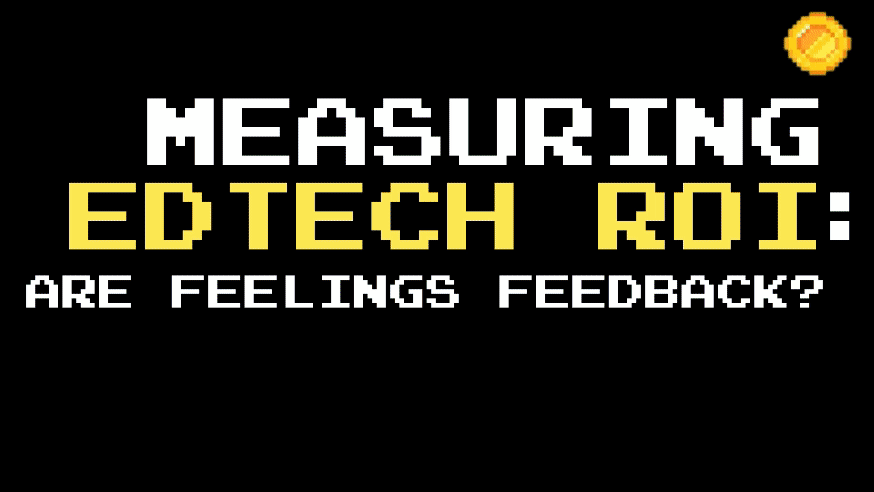
How can educator teams get a well-rounded picture of how an edtech investment is performing? In addition to asking for user feedback, pulling certain usage stats can provide a data-driven approach. Powerful reporting tools inside your edtech solutions can provide the data you need to make decisions—not only about teaching, learning, budget, and the inner workings of a school district but also about edtech ROI.
First, determine your key performance indicators related to your goals. This is where you shift from goal-setting to monitoring progress and growth.
Identify the main modules that might support these long-term goals. For example, if you want to improve school culture, your goals may center around changing how students support each other, collaborate, and behave. The behavior tracking module may offer insight into whether teachers and staff use the module, what types of incidents are most common, and whether students are racking up infractions or tapering down in behavior incidents.
Analyzing data reveals patterns in use. Decision makers in the district can review these patterns to learn whether users turn to an edtech solution to support initiatives. It’s not enough to simply measure progress. To truly get the best return on investment, people have to want to use it. This type of measurement is more nebulous, since it’s based on feelings and opinions of users. But this user feedback is invaluable! Both data insights and user feedback combine to measure engagement.
What good does all this data and feedback do? It tells the story of edtech ROI to stakeholders all over the district and in the wider community.
WHAT'S NEXT FOR YOUR EDTECH? The right combo of tools & support retains staff and serves students better. We'd love to help. Visit skyward.com/get-started to learn more.

|
Erin Werra Blogger, Researcher, and Edvocate |
Erin Werra is a content writer and strategist at Skyward’s Advancing K12 blog. Her writing about K12 edtech, data, security, social-emotional learning, and leadership has appeared in THE Journal, District Administration, eSchool News, and more. She enjoys puzzling over details to make K12 edtech info accessible for all. Outside of edtech, she’s waxing poetic about motherhood, personality traits, and self-growth.




